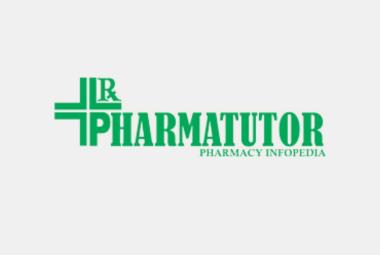One challenge FDA face right now, when it comes to developing diagnostics that can help target the delivery of cancer drugs, is the way these diagnostics are sometimes labeled.
[adsense:336x280:8701650588]
When an in vitro diagnostic test gets approved, it’s often based on the results of studies with one specific drug. As a consequence, the labeling of the test often reflects the use of that diagnostic in conjunction with just one drug. And, in turn, the drug can reflect the use of that medicine in conjunction with just one diagnostic test.
This sometimes narrow labeling that ties a drug to a specific diagnostic test happens even in cases where the diagnostic test is applicable to all drugs in a specific class of cancer medicines. This is a challenge given the way cancer care is emerging. Increasingly, new drugs are targeting specific molecular markers that drive the growth and spread of cancer. Sometimes, multiple drugs in a class of medicines target the same marker in a largely similar fashion.
In these cases, a diagnostic test that helps guide the delivery of one drug can be relevant in guiding the use of all drugs in that class of molecularly-targeted medicines. The FDA intends to address this opportunity and the challenges posed by the current regulatory approach to how these drug and diagnostic systems are labeled for use.
With a new draft guidance document that the FDA issued, our aim is to make it easier to get class labeling on diagnostic tests for oncology therapeutic products, where scientifically appropriate. Today’s draft guidance notes that in some cases, if evidence is sufficient to conclude that the companion diagnostic is appropriate for use with a specific group or class of therapeutic products, the companion diagnostic’s intended use should name the specific group or class of therapeutic products, rather than specific products.
The policy reflected in this guidance, when finalized, will make it easier for providers to use the same test in helping guide the use of a class of oncology therapeutic products, rather than one specific oncology therapeutic product within that class. The guidance will help guide test developers who could use the data generated from the study of an approved or cleared diagnostic test that’s evaluated in relation to just one oncology therapeutic product in a class of molecularly-targeted oncology therapeutic products to then extrapolate the use of that same approved or cleared diagnostic test to the entire oncology therapeutic product class.
A companion diagnostic is an in vitro diagnostic device that provides information that is essential for the safe and effective use of a corresponding therapeutic product. Right now, trials designed to support approval of a specific therapeutic product and a specific companion diagnostic have led to companion diagnostic labels that reference only a specific therapeutic product or products.
As noted, that specificity in labeling can limit a potentially broader use of a companion diagnostic that may be scientifically appropriate. In some cases, there are multiple companion diagnostics approved or cleared by the FDA to detect the same mutations in the same specimen type. Similarly, in some cases, there are multiple FDA-approved therapeutics within a specific group or class of oncology therapeutic products (i.e., drugs that are approved for use in the same indications, including the same mutation(s) and the same disease). The result is that, in some cases, not all of the oncology therapeutic products in a specific group or class are being included on all of the labels of approved or cleared companion diagnostics to detect mutations that define the specific group or class.
In oncology, precision medicine aims to match therapeutic products to those patients (and only those patients) who will positively respond to that therapeutic product, to maximize benefits and minimize risks from the therapeutic product received. Companion diagnostics inform both the development and the approved use of therapeutic products.
When it’s scientifically appropriate, the FDA supports developers of companion diagnostics to develop their products (or pursue broader labeling for approved companion diagnostics) in a way that results in broader labeling for their diagnostic products. This includes, for example, labeling that identifies a specific group or class of oncology therapeutic products. This new policy will help advance these goals, by making it more efficient to achieve class labeling for diagnostic tests used in oncology. The new guidance is part of a much broader effort by the FDA to advance tools that help personalize care for patients. The opportunity has arrived, through science, to make sure that the right patient is getting the right treatment at the right time. Through more modern policies that enable the efficient translation of these technologies we can help more patients live better lives.







